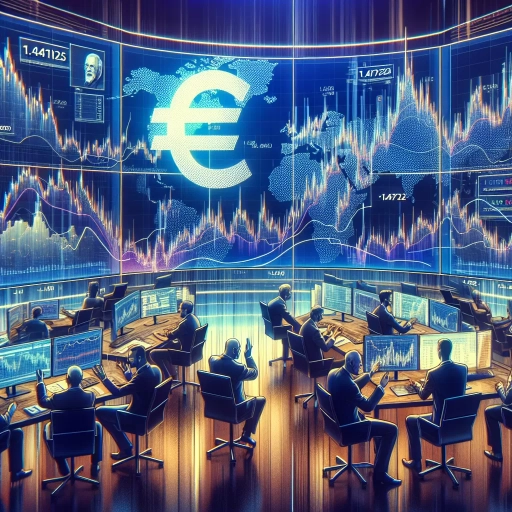2024-05-03 Euro News
2024-05-02
Summary of Yesterday
- Opening:
- Closing:
- Difference of Opening & Closing:
- Daily High:
- Daily Low:
- Difference of Daily High & Low:
Statistical Measures
- Mean:
- Standard Deviation:
Trend
Overall Trend Analysis
The overall trend observed in the provided timestamp data for the EUR exchange rate indicates a slight decrease. Starting at a rate of 1.47 at 00:00:02 on 2nd May 2024, the rate dropped to 1.46 by 23:55:02 on the same day. The highest recorded exchange rate was 1.47125 at 00:10:02, and the lowest recorded rate was 1.46512 at 09:35:03. The data seems to fluctuate throughout the day but the general trend points towards a decrease.
Identification of Seasonality or Recurring Patterns
A quick glance over the figures demonstrates some form of volatility, as expected in financial time series data. However, identifying a definitive recurring pattern or seasonality based on this data alone would be speculative and might be inaccurate without further tools of analysis or more data points over a longer period. Any assertion of seasonality or a recurring pattern would require statistical validation.
Analysis of Outliers
Most of the exchange rates revolve around the 1.46 - 1.47 mark, barring a few excursions. There are a few instances where the exchange rate reached a peak such as the 1.47125 rate at 00:10:02, while the lowest recorded rate was 1.46512 at 09:35:03, which may be considered as a potential outlier. However, these instances do not deviate significantly from the majority of the observed figures and further analysis would be needed to officially classify them as statistical outliers.
General Observation
This data shows regular fluctuations in the rates, demonstrating the volatile nature of the foreign exchange market. Such fluctuations can be impacted by a myriad of factors including geopolitics, macroeconomic indicators, and market sentiments.
Further Analysis
To generate a more accurate picture of the trend, it would be beneficial to analyze the exchange rates over a longer period. Although the within-day data provides some insights, it might not capture the entire trend or reflect the seasonal variations that typically occur within financial markets. Longer-term data can provide more in-depth insights into weekly, monthly, or even yearly patterns for more accurate forecasting and understanding.
